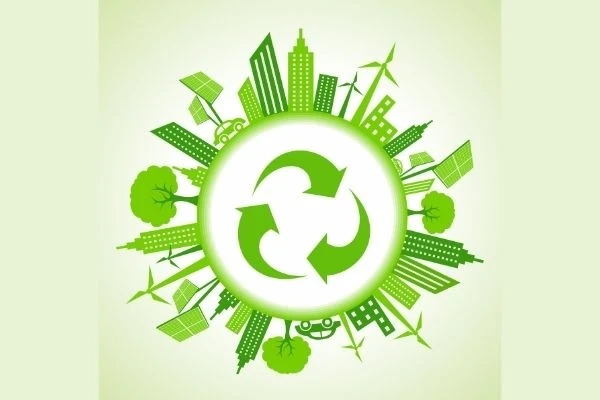In the face of escalating environmental concerns, recycling emerges as a beacon of hope, offering multifaceted benefits that extend far beyond waste reduction. Among its myriad advantages, recycling plays a pivotal role in enhancing ecosystem health, safeguarding biodiversity, and preserving the delicate balance of our natural world. In this comprehensive guide, we explore ten compelling ways recycling contributes to the vitality of ecosystems, underscoring the importance of sustainable waste management practices.
Habitat PreservationBy minimizing the need for raw material extraction, recycling helps preserve natural habitats that would otherwise be disrupted or destroyed by industrial activities. This conservation of habitats ensures the survival of countless plant and animal species, contributing to the overall health and resilience of ecosystems.Reduced Landfill Pollution
Recycling diverts significant quantities of waste from landfills, thereby mitigating the harmful environmental consequences associated with landfill pollution. Landfills release potent greenhouse gases and leach harmful chemicals into the soil and water, posing serious threats to wildlife and human health. By reducing the volume of waste sent to landfills, recycling helps alleviate these detrimental effects.Soil Conservation
The decomposition of organic waste in landfills produces methane, a potent greenhouse gas that contributes to climate change. Through composting and organic waste recycling, valuable organic matter is returned to the soil, enriching its fertility and promoting soil health. Healthy soils are essential for supporting diverse ecosystems and sustaining agricultural productivity.Preservation of Water Resources
The production of virgin materials often entails significant water consumption, leading to the depletion of freshwater sources and ecosystem degradation. Recycling conserves water by reducing the demand for raw materials, thereby alleviating pressure on water resources and safeguarding aquatic ecosystems, including rivers, lakes, and wetlands.Protection of Biodiversity
Recycling helps mitigate the destruction of natural habitats and ecosystems caused by resource extraction and manufacturing processes. By minimizing habitat loss and fragmentation, recycling contributes to the preservation of biodiversity, ensuring the survival of diverse plant and animal species essential for ecosystem functioning and resilience.Air Quality Improvement
The extraction, processing, and transportation of raw materials contribute to air pollution through the emission of pollutants such as particulate matter, sulfur dioxide, and nitrogen oxides. Recycling reduces the demand for virgin materials and associated industrial processes, thereby lowering air pollution levels and improving air quality, which is vital for the health of both terrestrial and aquatic ecosystems.Carbon Emission Reduction
The production of goods from recycled materials typically requires less energy compared to manufacturing from virgin resources. By reducing energy consumption and associated carbon emissions, recycling helps mitigate climate change and its adverse impacts on ecosystems, including habitat loss, species extinction, and altered weather patterns.Enhanced Ecosystem Services
Healthy ecosystems provide a wide range of invaluable services, including pollination, soil formation, water purification, and climate regulation. By promoting sustainable resource management and reducing environmental degradation, recycling contributes to the preservation and enhancement of ecosystem services critical for human well-being and ecological balance.Support for Circular Economy
Recycling is a cornerstone of the circular economy, which aims to minimize waste generation and maximize resource efficiency through the continual reuse, remanufacture, and recycling of materials. By transitioning towards a circular economy model, societies can reduce their ecological footprint, promote sustainable consumption and production patterns, and safeguard the health of ecosystems for future generations.Community Engagement and Empowerment
Engaging communities in recycling initiatives fosters environmental awareness, instills a sense of responsibility, and promotes collective action towards sustainability. By participating in recycling programs and advocating for waste reduction measures, individuals and communities can actively contribute to the enhancement of ecosystem health and resilience, fostering a culture of environmental stewardship and empowerment.
Conclusion:
In conclusion, the benefits of recycling extend far beyond waste reduction, encompassing a myriad of positive impacts on ecosystem health and biodiversity. By embracing recycling practices and promoting sustainable resource management, we can protect precious natural resources, preserve biodiversity, and ensure the long-term health and vitality of ecosystems for generations to come. Let us seize the opportunity to transition towards a more sustainable future, where recycling serves as a cornerstone of environmental stewardship and ecosystem preservation.


